
Lot 456
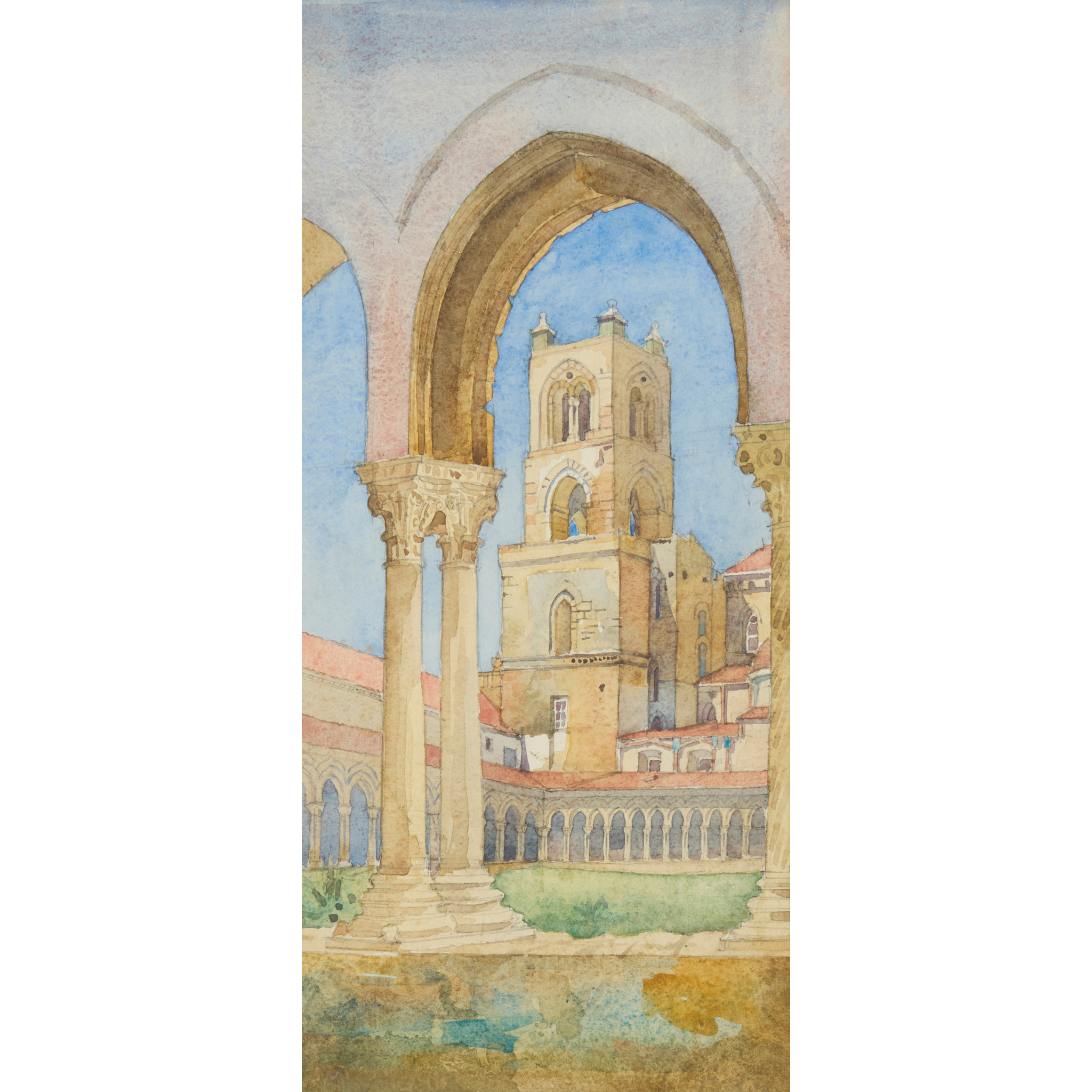
CHARLES RENNIE MACKINTOSH (1868-1928)
CLOISTERS, MONREALE, 1891
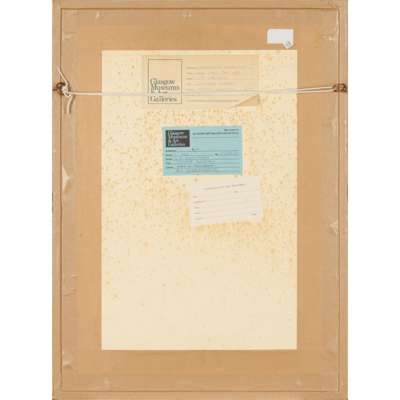
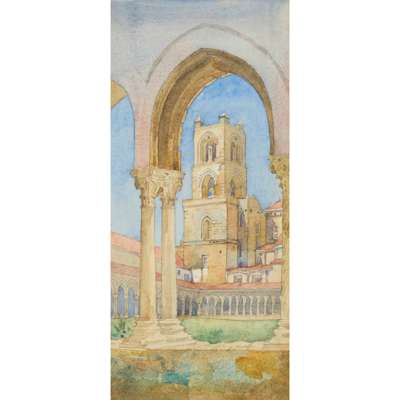
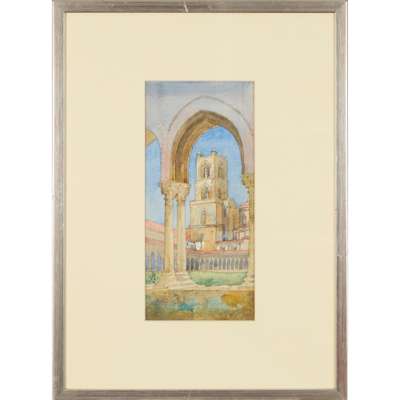


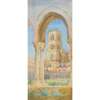
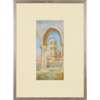

Auction: Day Two inc FL Griggs : A Cotswold Legacy | Lots 334 to 654 | Thursday 16th October from 10am
Description
pencil and watercolour, inscribed lower left MONREALE
Dimensions
36.8cm x 16.5cm
Provenance
William Meldrum, and by descent to his son, James Meldrum
Mrs Eva Meldrum, widow of James Meldrum
Private Collection, Glasgow
Footnote
Exhibited: Glasgow Museums Mackintosh Watercolours July 1978-January 1979, no. 15
Literature: Billcliffe R. Mackintosh Watercolours, Carter Nash Cameron 1978, p. 25 no. 15, p. 55 illus.
Billcliffe R. Charles Rennie Mackintosh and the Art of the Four, Quatro 2017, p. 19, pl. 12 illus.
Mackintosh travelled to Italy in the spring of 1891, having been awarded the Alexander Thomson Travelling Scholarship the previous year by the Glasgow Institute of Architects. As Roger Billcliffe notes, this seminal period in Mackintosh’s career revealed to the young artist that “ornament derived from nature can complement, rather than overwhelm, a building .”
In 1884, Mackintosh had enrolled in evening classes for architects at the Glasgow School of Art. Initially, his work—with its strict lines and minimal use of colour—was typical of his architectural training. As the decade progressed, however, and as he continued to observe and record buildings both in his immediate Glasgow surroundings and further afield, his output acquired a technical maturity befitting an artist. This evolution has puzzled scholars, particularly as Mackintosh received no sustained formal training in the field.
The four months Mackintosh spent in Italy during the spring and summer of 1891 saw him journeying from Naples to Sicily and then back to Milan, chronicling his route through drawings, paintings and sketches. On his return to Glasgow, he drew upon the façades and architectural details noted in his sketchbooks for numerous competition designs.
A stay in the Sicilian hilltop town of Monreale fell in the middle of Mackintosh's Italian sojourn and was marked by a surprising amount of rain and a crossing from mainland Italy he complained made him ‘sick… as a dog’. On 14 April, Mackintosh recorded in his diary that he sketched the cloisters of the convent at Monreale. He was impressed by the beauty of the carved capitals, counting 112—each one different. The composition of his painting is carefully considered: the architectural details of the Corinthian column in the foreground draw the viewer’s eye inward and then upward along the framing arch of the cloister to the central cathedral tower. In contrast to this orderly scheme, the terracotta rooftops jutting into the right-hand side of the painting remind the viewer of the wider town beyond this single vista.
It is Mackintosh’s rich and accomplished use of colour that truly elevates the work from an architectural study—akin to those in the companion guide to his trip, Ruskin’s The Stones of Venice—to a standalone artwork. Rather than using line to demarcate the stonework beneath the columns, he allows brown, ochre, and cobalt hues to coalesce, emulating how light interacts with an uneven, rocky surface.
Many of Mackintosh’s Italian works were included in the 1891 Glasgow School of Art Exhibition, an initiative masterminded by Fra Newbery to encourage students to continue working during the summer vacation. While the absence of catalogues from these early exhibitions prevents certainty that Cloisters, Monreale was included, Mackintosh’s talent was so evident from the works on display that the Glasgow Boy painter James Guthrie reportedly exclaimed, “Hang it, Newbery, the man ought to be an artist.”
This watercolour belonged to James Meldrum, having come from the collection of his father, William Meldrum—Mackintosh’s friend and fellow student at the Glasgow School of Art in the 1880s. James Meldrum notably staged the 1933 Memorial Exhibition of Mackintosh’s work at the MacLellan Galleries on Glasgow’s Sauchiehall Street, along with his friend William Davidson. After James’s death, his widow, Eva, gifted the bulk of the William Meldrum Collection to the Mitchell Library, Glasgow.








